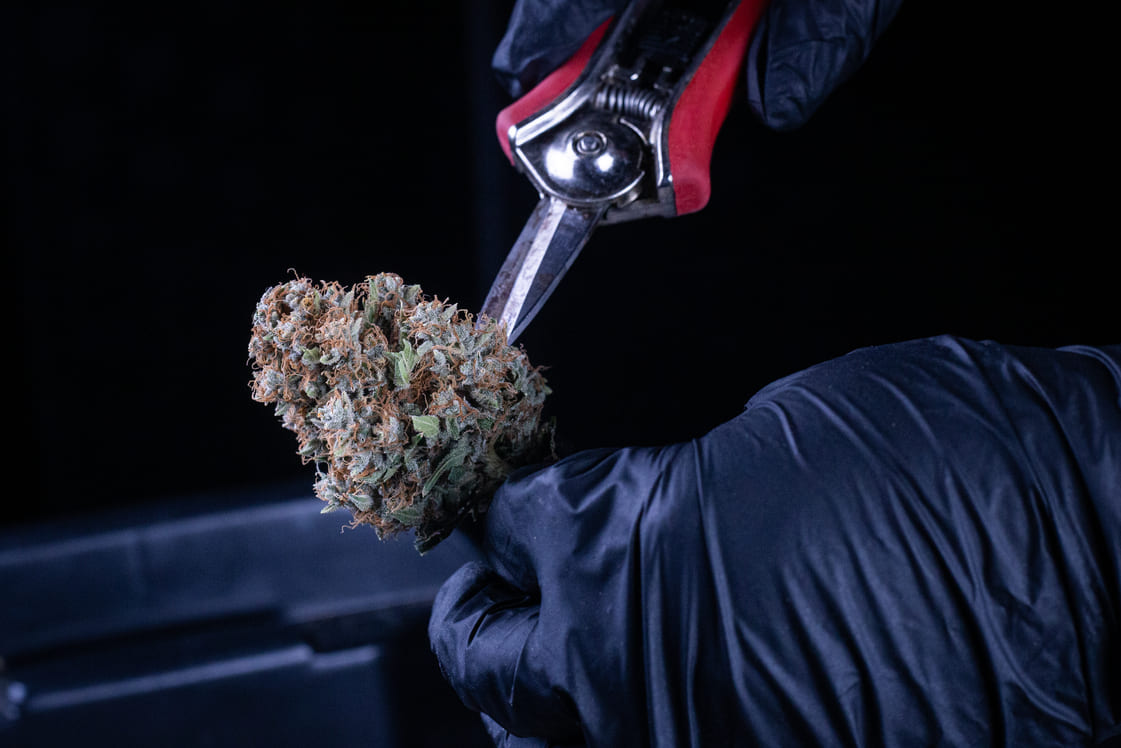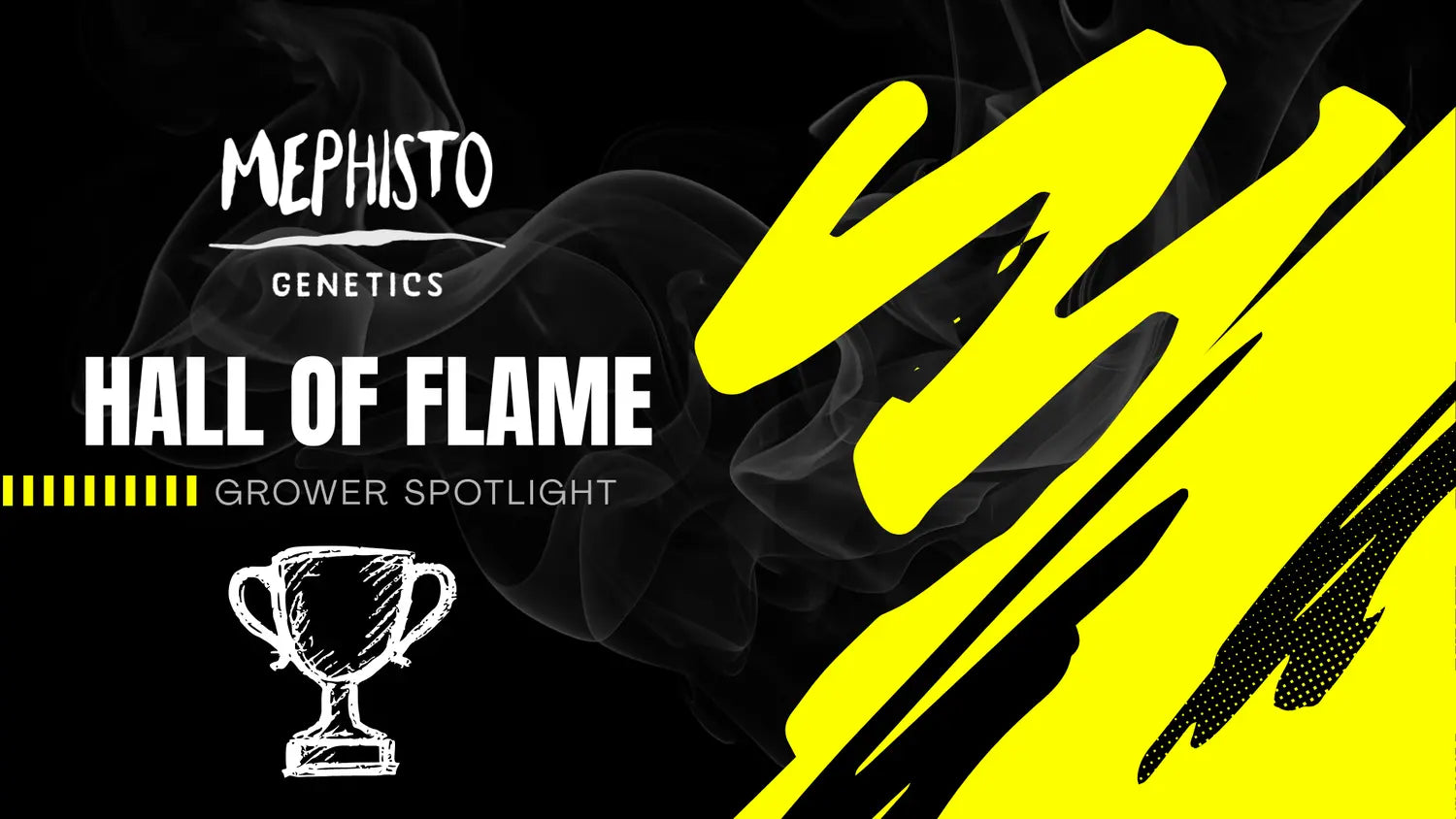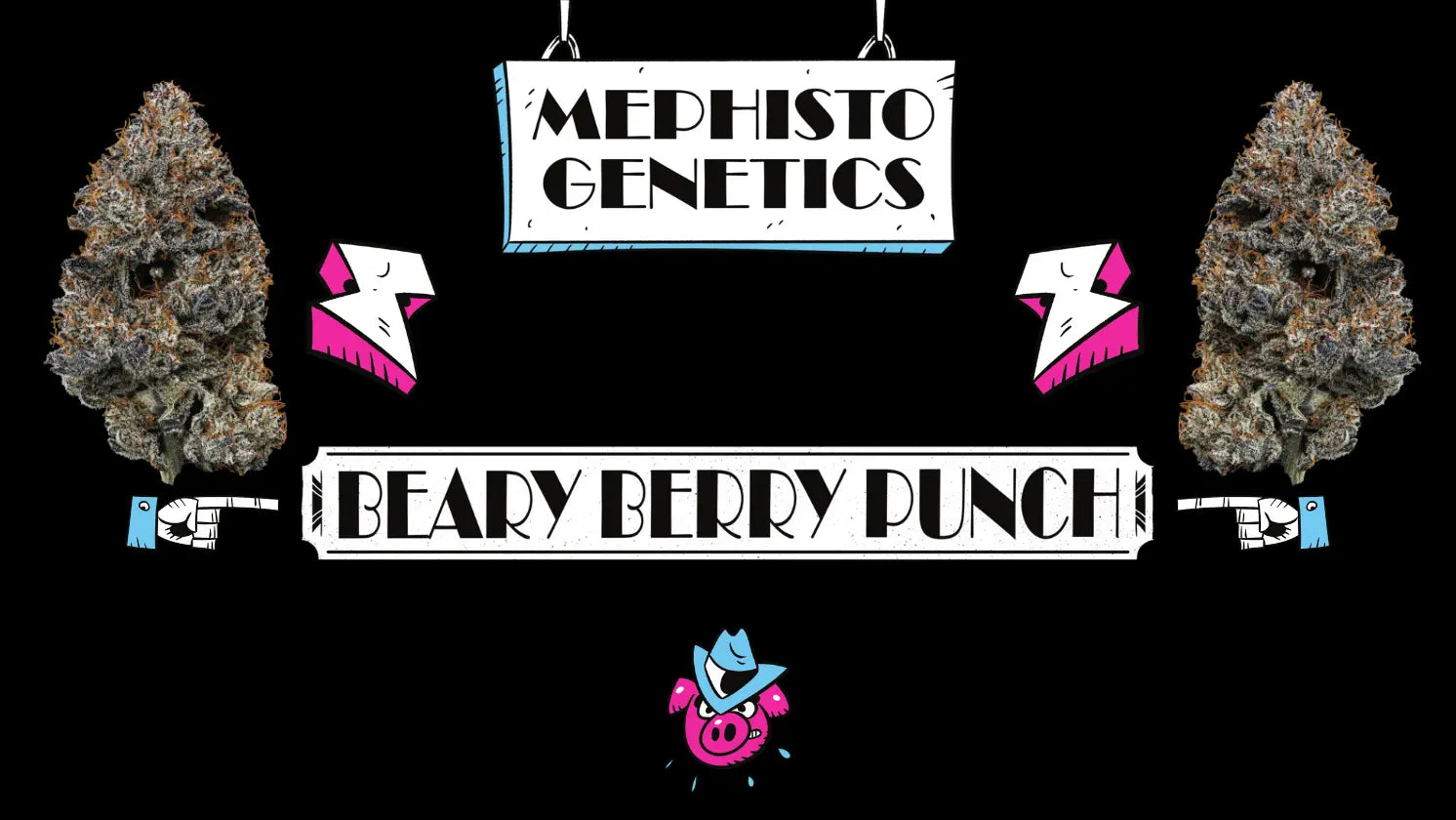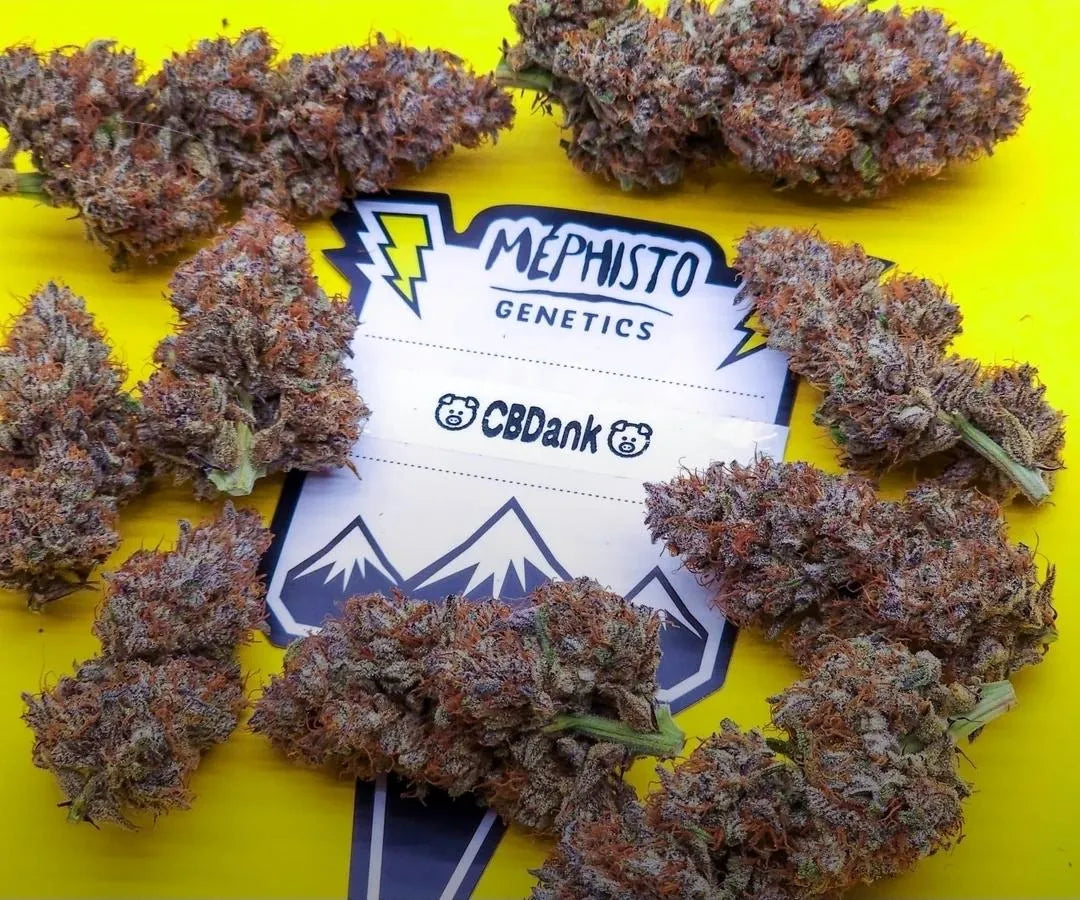How to Low Stress Train (LST) Autoflowers: Part 1
As autoflower growers, we have the authority to employ a variety of techniques to assist our plants in growing out the way we want them to. One way to assist our plants is to actually get hands on. This physical intervention between us growers and our plants is often referred to as “training,” and we can divide this process into two categories: high stress training (HST), and low stress training (LST).

A prime candidate for some LST techniques!
The Difference between High Stress and Low Stress Training
Training techniques will fall into either category based on their potential to cause stress to the plant during its growing process. High stress techniques are typically damaging to the plant, and although effective when utilized properly, can stress plants out to the point where they may become stunted or fail to thrive altogether. HST training examples include topping, and super cropping. Although these methods have the potential to pay off, they are not recommended for novice autoflower growers and should be avoided altogether for more sensitive varietals in our Mephisto collection.
Low Stress Training, on the other hand, includes all forms of intervention that do not directly damage and/or stress the plants. They include strategies such as leaf tucking, mild defoliation, and adding supports and tie downs to encourage lateral growth. While these LST techniques are not necessary to grow successful autoflowers, they can be utilized as a means to manipulate everything from the shape of your plant, to the amount of bud sites, as well as increase yield.
In this series, we will discuss the various low stress training methods that we recommend specifically when growing autoflowers. These LST principles have been proven effective for use by our community of Mephisto growers and are sound strategies to keep in your autoflower growers toolbox.

View from above, we can easily see the lack of light penetration.
PART 1: Leaf Tucking
The easiest and least stressful training method any new grower can start with when growing autoflowers is Leaf Tucking. This method refers to the process of carefully bending and folding larger fan leaves away from developing branches and node sites in order to allow better light penetration and airflow while also directing growth. As opposed to defoliation, which removes the leaf from a plant altogether, leaf tucking has the potential to perform the same function without removing a vital element in the plant’s photosynthetic factory. Autoflowers in particular can be highly sensitive to any form of plant damage, and that includes removal of fan leaves. The non-invasive nature of a good leaf tuck makes this trick highly recommended for all plants and growers.
Why Leaf Tuck your Autoflowers?
Autoflowers are quick developers, rapidly transitioning and putting on new foliage constantly. As they explode into their stretching phase, their shape will begin to emerge. Most varietals will exhibit some form of apical dominance when left to grow au-natural. Leaf tucking is a low risk, high pay off method of coaxing the lateral branches up towards the main cola (meristem). Bushier autoflowers that grow into a wider canopy also stand to benefit from leaf tucking. By practicing this technique you can increase airflow and light penetration into the inner and lower canopy. More light and better airflow will better promote growth while also decreasing the risk of high humidity related problems. Gently pulling down and tucking leaves can open lower canopy branches to more light as well as increase airflow to the inside of the plant. This can help to eliminate potentially concerning microclimates from developing around developing buds
How to Leaf Tuck Autoflowers
The process of leaf tucking autoflowers is simple and straightforward. First, begin by observing your plants for areas of opportunity as they begin to move into their rapid growth phase. This tends to occur after week 3 of when the plants are beginning to see lateral growth development. At this stage in growth, you'll begin to identify candidates for leaf tucking. Pay close attention to varietals with larger fan leaves as they tend to be the first to block out growth to side branches. Next, look for plants who are developing a bush-like structure, with aggressive laterals and an abundance of fan leaves. These types of plants have the potential to benefit the most from leaf tucking.
Once you have selected your plant candidates, the next step is to pick out hot spots around your plant where leaves are drooping over node sites and blocking light penetration. These areas will represent your first wave of leaf tucks. With your thumb and index finger, gently pinch about half way down the stem of the leaf, slowly guiding it down. You may need to twist the leaf to the side a bit to fold into the lower foliage. Repeat this until all blocked node sites have full exposure to your lights. Next, you can tuck any leaves down that are folding and resting on top of one another. These leaf sandwiches create pockets of moisture and can become a breeding ground for mold if left unchecked. Fold these leaves down and away from one another.

The technique of leaf-tucking
What's Coming Next?
Make sure to come back periodically and check in on your leaf tucked plants. Oftentimes, leaves will bounce back and may need to be readjusted once or twice. Sometimes leaves will grow and begin to become a nuisance to more than one node side, prompting the need for defoliation, a technique we will cover in PART 2 of How to Low Stress Train Autoflowers!
Jimbo, signing out!
related blogs.
Check out these other blog articles.










